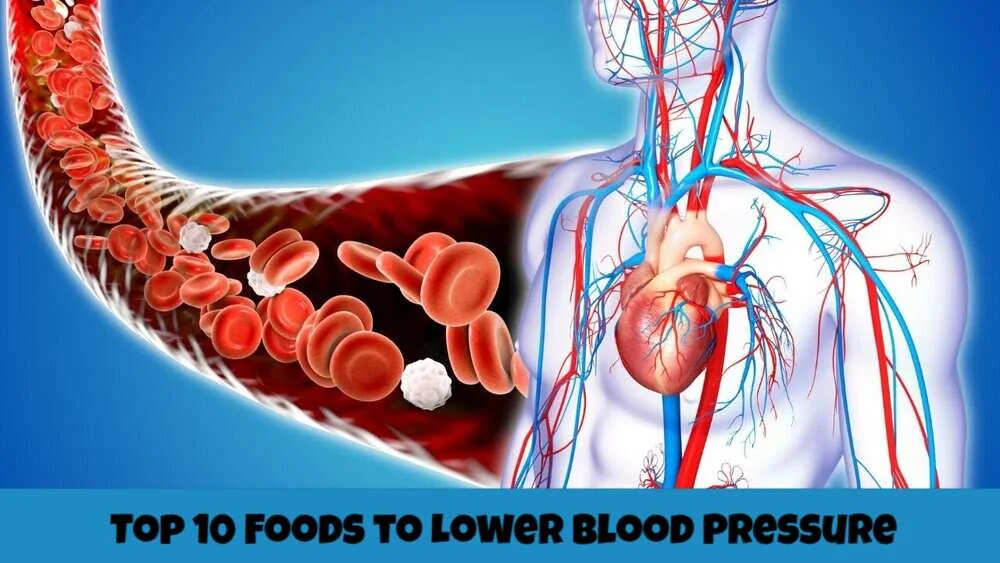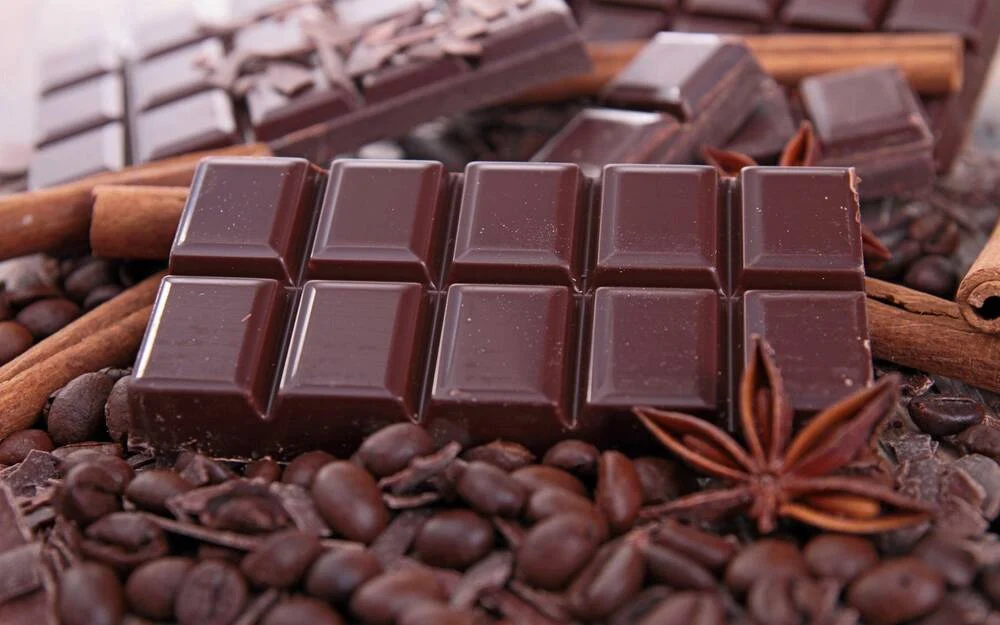10 Foods That Naturally Lower Blood Pressure and Improve Circulation

High blood pressure, also known as hypertension, is one of the most widespread health concerns worldwide. Many people live with elevated blood pressure for years without noticeable symptoms, which makes the condition especially dangerous.
If left unmanaged, hypertension significantly raises the risk of heart disease, stroke, kidney damage, poor circulation, fatigue, and cognitive decline. The good news is that lifestyle and dietary changes can play a powerful role in prevention and improvement.
Below are ten science-backed foods that help reduce blood pressure and promote better blood flow—naturally.
Foods That Help Lower Blood Pressure
1. Garlic

Garlic is widely recognized for its cardiovascular benefits. Consuming 3–6 crushed cloves daily, or 600–1200 mg of aged garlic extract, may help reduce blood pressure.
Garlic supports the release of hydrogen sulfide and nitric oxide, compounds that relax blood vessels and improve circulation. Several studies suggest its effects can be comparable to certain blood pressure medications, without their side effects.
2. Flaxseeds

Adding two tablespoons of ground flaxseed to your daily meals may significantly reduce systolic blood pressure.
Flaxseeds are rich in omega-3 fatty acids, fiber, lignans, and potassium, all of which contribute to improved vascular function and heart health.
3. Nitrate-Rich Vegetables

Vegetables such as spinach, arugula, beets, Swiss chard, and lettuce are naturally high in nitrates.
In the body, nitrates convert to nitric oxide, a molecule that relaxes blood vessels, enhances circulation, and lowers blood pressure when consumed regularly.
4. Dark Chocolate

Consuming 1–2 ounces of dark chocolate containing at least 75% cocoa may help reduce blood pressure.
Its flavanols support nitric oxide production, improving blood vessel flexibility and circulation.
5. Pomegranate Juice

Drinking 8–12 ounces of pomegranate juice daily may help reduce systolic blood pressure.
Pomegranates contain powerful antioxidants called punicalagins, which support artery health and reduce inflammation.
Top 3 Foods That Increase Blood Pressure
1. Refined Carbohydrates and Added Sugar
Diets high in refined carbs and added sugars can increase insulin resistance, reduce nitric oxide availability, and promote blood vessel stiffness.
Common sources include white bread, pastries, sugary drinks, sweetened cereals, and processed snacks.
2. Industrial Vegetable Oils
Seed oils such as soybean, corn, canola, and sunflower oil are highly processed and prone to oxidation.
Frequent consumption may promote inflammation and negatively affect cardiovascular health.
3. Excess Salt from Processed Foods
While sodium is essential in small amounts, excessive intake—especially from processed foods—can raise blood pressure in salt-sensitive individuals.
Balancing sodium with potassium-rich foods like fruits and vegetables is key to healthy blood pressure.
Final Thoughts
Maintaining healthy blood pressure requires a combination of nutrient-dense foods, regular physical activity, quality sleep, and stress management.
Always consult a qualified healthcare professional before making major dietary changes, especially if you have existing medical conditions.
FAQ – Foods That Naturally Lower Blood Pressure
Which foods help lower blood pressure naturally?
Foods that naturally help reduce blood pressure include garlic, flaxseeds, nitrate-rich vegetables (spinach, arugula, beets, Swiss chard), dark chocolate with high cocoa content, and pomegranate juice. These foods support blood vessel relaxation, improve circulation, and reduce inflammation.
How does garlic help reduce blood pressure?
Garlic promotes the release of hydrogen sulfide and nitric oxide, compounds that relax blood vessels and improve circulation. Consuming 3–6 crushed cloves daily or aged garlic extract may lower blood pressure, with effects comparable to some medications but without side effects.
What role do flaxseeds play in blood pressure management?
Flaxseeds are rich in omega-3 fatty acids, fiber, lignans, and potassium. Adding two tablespoons of ground flaxseed daily can improve vascular function, enhance heart health, and significantly reduce systolic blood pressure.
Which vegetables are rich in nitrates and help circulation?
Vegetables such as spinach, arugula, beets, Swiss chard, and lettuce are high in natural nitrates. In the body, nitrates convert to nitric oxide, which relaxes blood vessels, improves circulation, and lowers blood pressure.
What are some foods that can increase blood pressure?
Foods that can raise blood pressure include refined carbohydrates and added sugar (e.g., white bread, pastries, sugary drinks), industrial vegetable oils (soybean, corn, canola, sunflower oils), and excessive salt from processed foods. Balancing sodium intake with potassium-rich foods helps maintain healthy blood pressure.
Are there lifestyle tips to support healthy blood pressure?
Maintaining healthy blood pressure involves consuming nutrient-dense foods, engaging in regular physical activity, ensuring quality sleep, managing stress, and consulting a healthcare professional before making major dietary changes.
References
- Garlic and blood pressure – PubMed PubMed
- Aged garlic extract and hypertension PubMed
- Flaxseed and blood pressure reduction AHA Journal
- Dietary nitrates and nitric oxide Harvard Health
- Nitrate-rich vegetables and hypertension PubMed
- Dark chocolate and blood pressure PubMed
- Pomegranate juice and hypertension PubMed
- Watermelon, L-citrulline, and blood pressure PubMed
- Olive oil and reduced hypertension risk PubMed
- Hibiscus tea and blood pressure PubMed
Comments